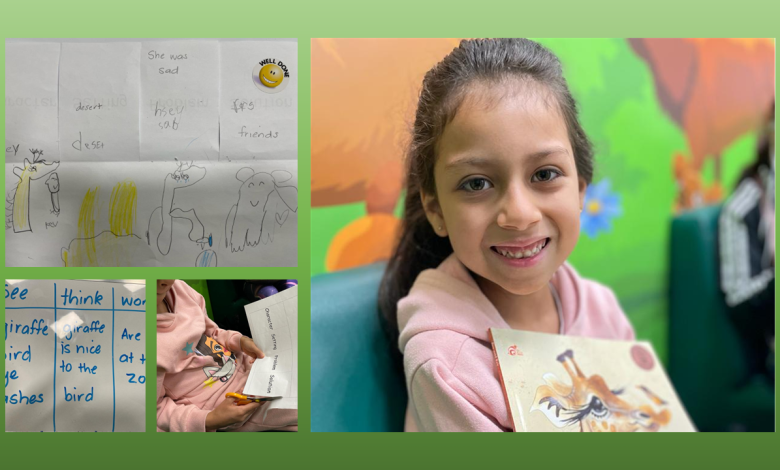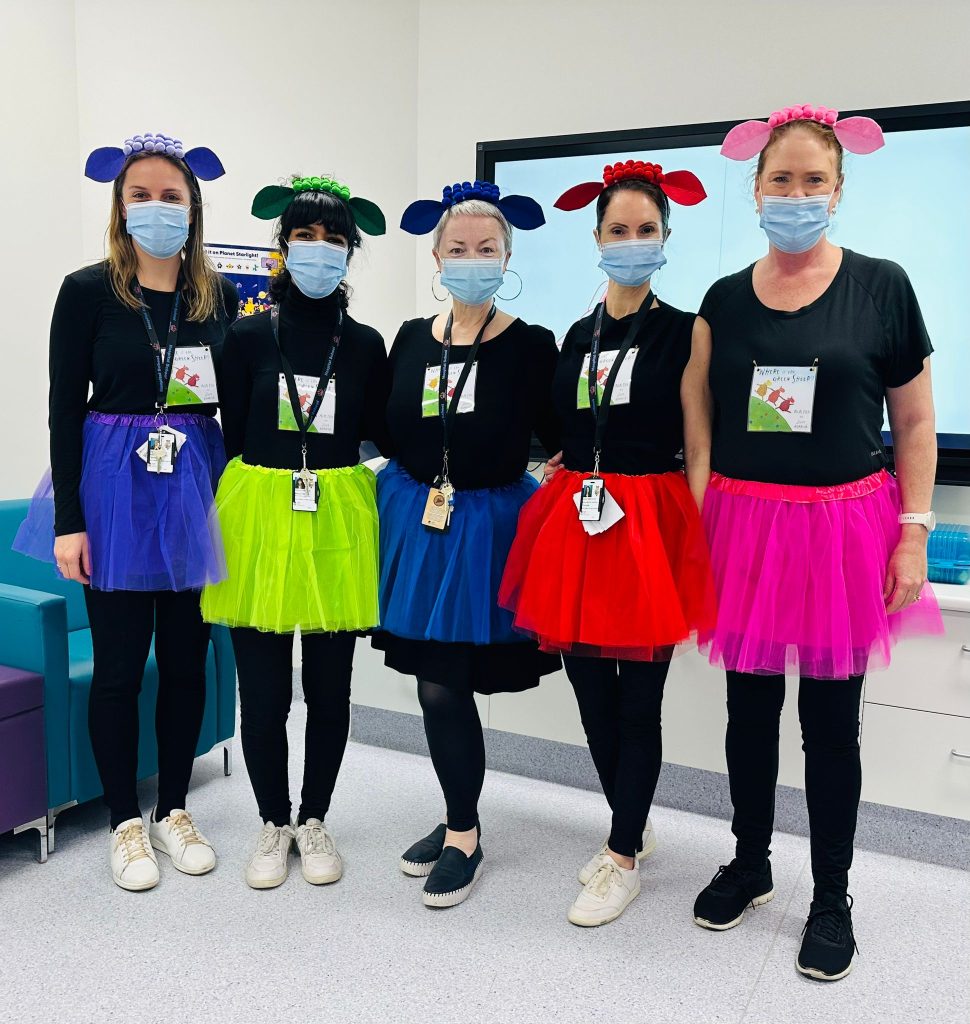
“People assume that it’s okay to have a few days off sick, or that young people in hospital are too sick to worry about their education. However, our data proves that the provision of quality teaching and learning within a hospital normalises the young person’s day; helps them self-regulate; and alleviates the worry some young people have about missing school.” Wendy Barwell
2023 marks the centenary of hospital schools in NSW. 100 years of a unique learning environment provided under extraordinary circumstances. The first four schools were opened by the Department of Education in 1923, with the number peaking at 16 in the 1960s.
Read the Term 4 edition of School News HERE
Today, there are ten hospital schools across the state, catering for children from K-12, for as little as one hour to extended stays that can last months. Unlike the programs offered in the 60s which focussed mainly on practical and labour skills, today’s hospital schools offer the full NSW curriculum with a hybrid program of both bedside and remote learning.
School News spoke with the principal of Royal Prince Alfred School, Wendy Barwell, which celebrated its 60th anniversary this year. Having previously worked as a Network Specialist Facilitator which allowed her to work collaboratively with departments such as DCJ and Police, she was attracted to the role at RPA because of the unique opportunity it offered to work within the health space while connecting students back to education.
Different every day
“Every day is different,” explains Barwell. “We don’t know who our students will be before we walk in the door each morning. In 2023, we have had 5 students per day, on average, and the average stay is 1.5 days. [But] some days we can have 15 patients and some patients stay as long as six weeks.”
It presents a unique challenge for staff, not knowing ahead of time what – or who – they will be teaching. The student’s medical issues can also cause additional challenges. It means that a typical day, is rarely very typical at all.
“Each day the team holds a morning circle to discuss the day ahead. We will review the patient listing and prepare our teacher kit bag,” says Barwell. “We then venture to the Paediatric Ward and meet with the Health team. We will be given pertinent information regarding each patient/student and any contact precaution advice, such as whether we need PPE before visiting the patient. We need to be extremely flexible.”
Smaller class, bigger team
Another point of difference between the hospital and mainstream schools is that the teachers have much greater contact with the parents and guardians, from initial enrolment through to feedback on each session. Because teaching at the hospital school is usually one-to-one and bedside, it presents greater opportunities for teachers to interact with parents. As Barwell explains, the school is working with the young person and their families.
Additionally, the health needs of the student/patient must constantly be accounted for. “We also need to collaborate with our Health colleagues throughout the day, [and] we focus on strengthening our relationship with Health by collaboratively planning patient care and sharing information via regular presentations to Health colleagues.”
Students may come from day-only surgery or the outpatient clinic. Some students are connected with the hospital school on arrival in the Emergency Department while others are admitted for lengthy stays of weeks or months. Regardless of how long the program lasts, staff report back to the student’s usual school every lesson, every day.
“The teacher is responsible for completing the student’s report and emailing it to their usual school teacher by the end of the day. This ensures the teaching and learning at RPA Hospital is purposeful. The student knows the work they have completed will be reported back to schools and their usual teacher knows exactly the teaching and learning that has occurred.”
The constant flow of information ensures that the student is continuously connected back to their usual school as well as to their learning generally. It provides one element of routine or normality during what might be a traumatic or unpredictable period in the child’s life.
“Hospital Schools may be working with young people and their families at an incredibly difficult time, but this can also be the time when you make an enormous difference,” says Barwell. “Hospital School educators can bring joy to an otherwise stressful day. They use individualised quality teaching and learning to engage students and normalise their day. We can also wear a tutu and bring a smile to a young person’s face. It is such a rewarding job.”

High standards
Barwell says there is a perception that because students are unwell and temporary, hospital schools have lower expectations. But the recent NSW Minister’s and Secretary’s Award for Excellence should disavow that notion. One should never underestimate the power of a tutu.
“We have high expectations of all our learners… even if it’s for 20 minutes prior to an operation.,” says Barwell. “We set learning goals, we explicitly teach and we reflect on the learning. We differentiate our lessons to meet the individual needs of the student, just like every other teacher does. By maintaining high expectations, and individualising the learning, the student feels connected: connected to their learning, connected, to their school, and connected to their community.”
To win the Secretary’s Award for School Achievement, a school must have successfully created a sustainable learning environment, demonstrating excellence in learning outcomes and opportunities. In the case of RPA Hospital School, Principal Barwell and the team of educators completely transformed the way it provided students with learning.
“Our school transformed its educational provision by integrating pre-assessments and creating virtual literacy and numeracy programs, including the use of scaffolds for students requiring support and extension tasks for high potential learners. We use census school data to target priority areas of learning. We introduced feedback surveys for students, parents and teacher as well as monitored and adjusted processes as required. Importantly, we report student progress to census schools daily via an individualised learning plan (ILP),” adds Barwell.
A hospital school is a truly unique educational space, with brief but intensive relationships between a teacher and student. When a child might only be part of the school for a few hours, it’s imperative that a connection is forged as quickly as possible, while also taking into account other stakeholders such as parents, medical staff and census schools.
“We only have a small staff to draw on to create whole school systems of practice,” adds Barwell. “[But] This is an advantage because you get to create a culture of excellence, where every staff member understands the school’s purpose and contributes to its success.”







